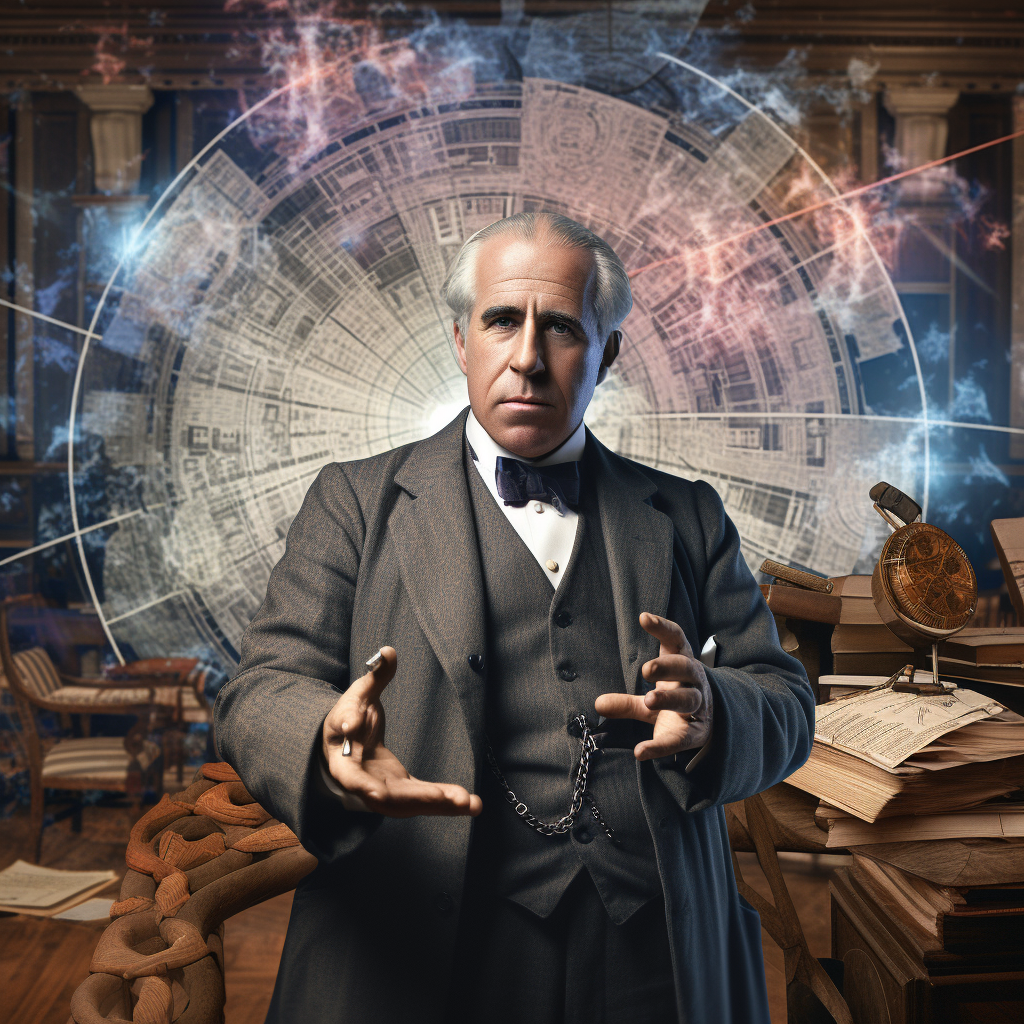“Prediction is very difficult, especially if it’s about the future.”
This quip from Danish physicist Niels Bohr might have easily been misattributed to the likes of Yogi Berra or Mark Twain, but it actually captures a poignant reality about uncertainty and human cognition.
Bohr, who lived from 1885 to 1962, was not just a physicist but also a philosopher in his own right. He had a penchant for witticisms and deep thinking, as evidenced by another of his quotes: “The opposite of a fact is falsehood, but the opposite of one profound truth may very well be another profound truth.”
These thoughts find remarkable relevance in today’s climate of ‘fake news’, biased information, and viewpoints not backed by validated research.
Let’s consider the relevance of Bohr’s insights in our complex world of media ubiquity.
Predicting the Unpredictable
The 24-hour news cycle is fraught with opinions, perspectives, and predictions. From economic forecasts to political outcomes, the media often attempts to predict the future. However, Bohr’s words remind us that predictions are inherently uncertain.
In the realm of fake news, this uncertainty can be manipulated to sow seeds of doubt, making it difficult to discern fact from fiction. For instance, during an election season, biased polling data may be reported as ‘fact,’ steering public opinion in a calculated direction. Just as Bohr pointed out, predicting the future is a complicated affair, and in the hands of a biased media, this complexity can be leveraged to skew viewpoints and realities.
Profound Truths and Falsehoods
Bohr’s idea that “the opposite of a fact is falsehood” is straightforward enough, but he adds a twist: “the opposite of one profound truth may very well be another profound truth“. This nuanced perspective offers a lens through which we can view the challenges posed by biased facts.
Biased facts are not necessarily falsehoods; they often contain elements of truth but are presented in a way that supports a particular narrative. For example, statistics about crime rates may be real, but their presentation may be designed to reinforce stereotypes or fuel divisive ideologies.
Here, the wisdom of Niels Bohr encourages us to consider multiple viewpoints and acknowledge that different truths can coexist. To engage critically with news and information, we must strive to appreciate the various dimensions of ‘profound truths’ and be wary of accepting simplified or biased narratives.
Worries Tempered by Wisdom
When tempted to worry about the state of the world or the divisiveness that biased news can bring, it is useful to recall Bohr’s advice. His observations not only encourage us to question the predictive claims of news organizations but also to engage deeply with the complexities inherent in ‘profound truths.’
Understanding the limitations of predictions can help us approach news with a more critical mindset. Acknowledging that opposing viewpoints may both contain elements of ‘profound truth’ can equip us to better navigate the complexities of biased information.
Conclusion
In a world increasingly mired in biased facts and fake news, the wisdom of Niels Bohr provides a valuable compass. As we grapple with the challenges of media literacy in the 21st century, let’s bear in mind that the difficult task of predicting the future should be approached with caution and that the world is complex enough for multiple truths to coexist.
By doing so, we can hope to foster a more informed and nuanced understanding of the world around us, one that respects the limitations of prediction and the multifaceted nature of truth.

